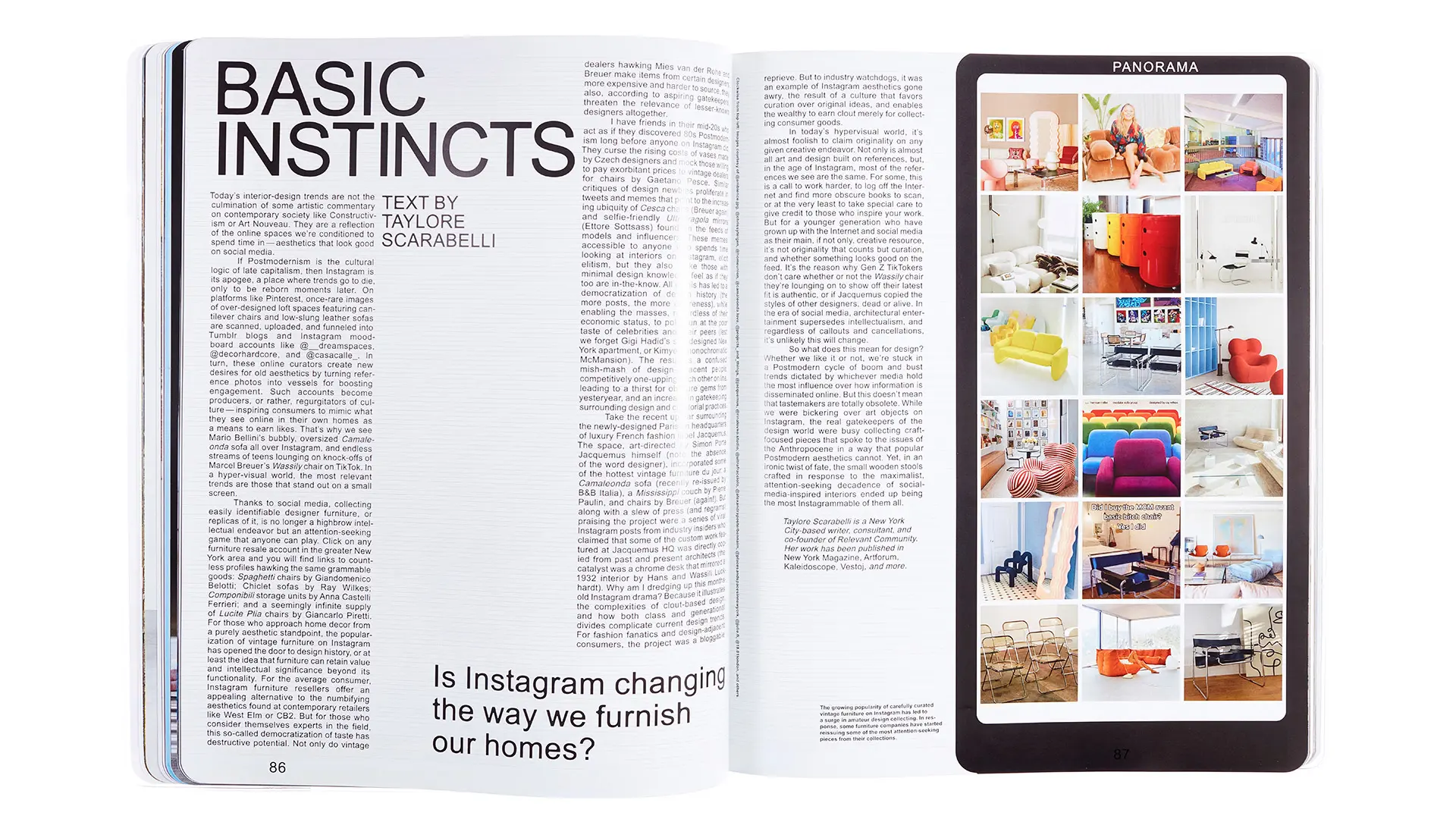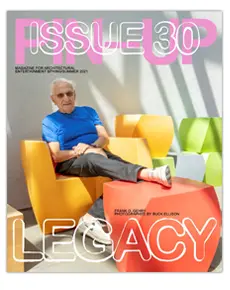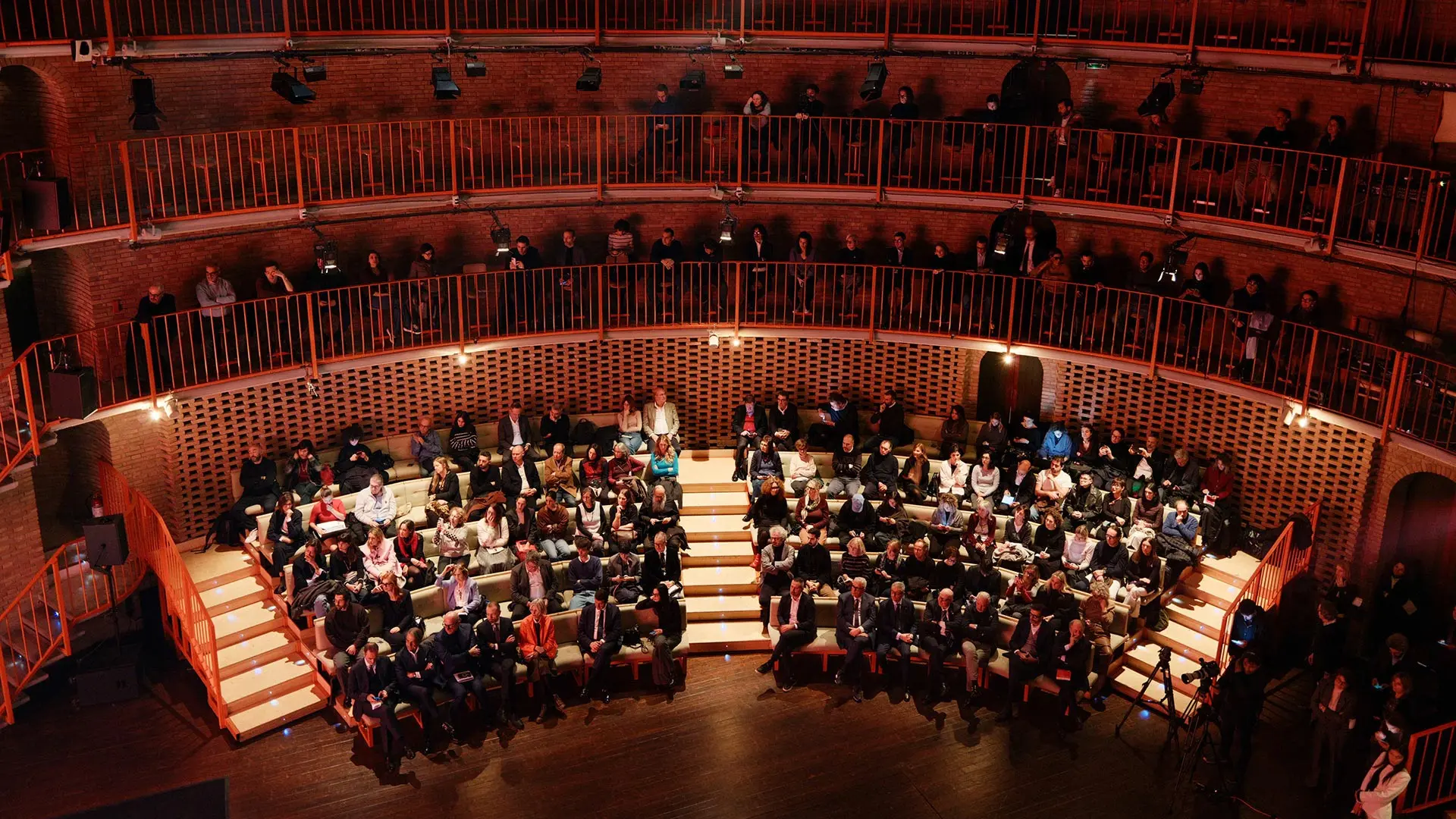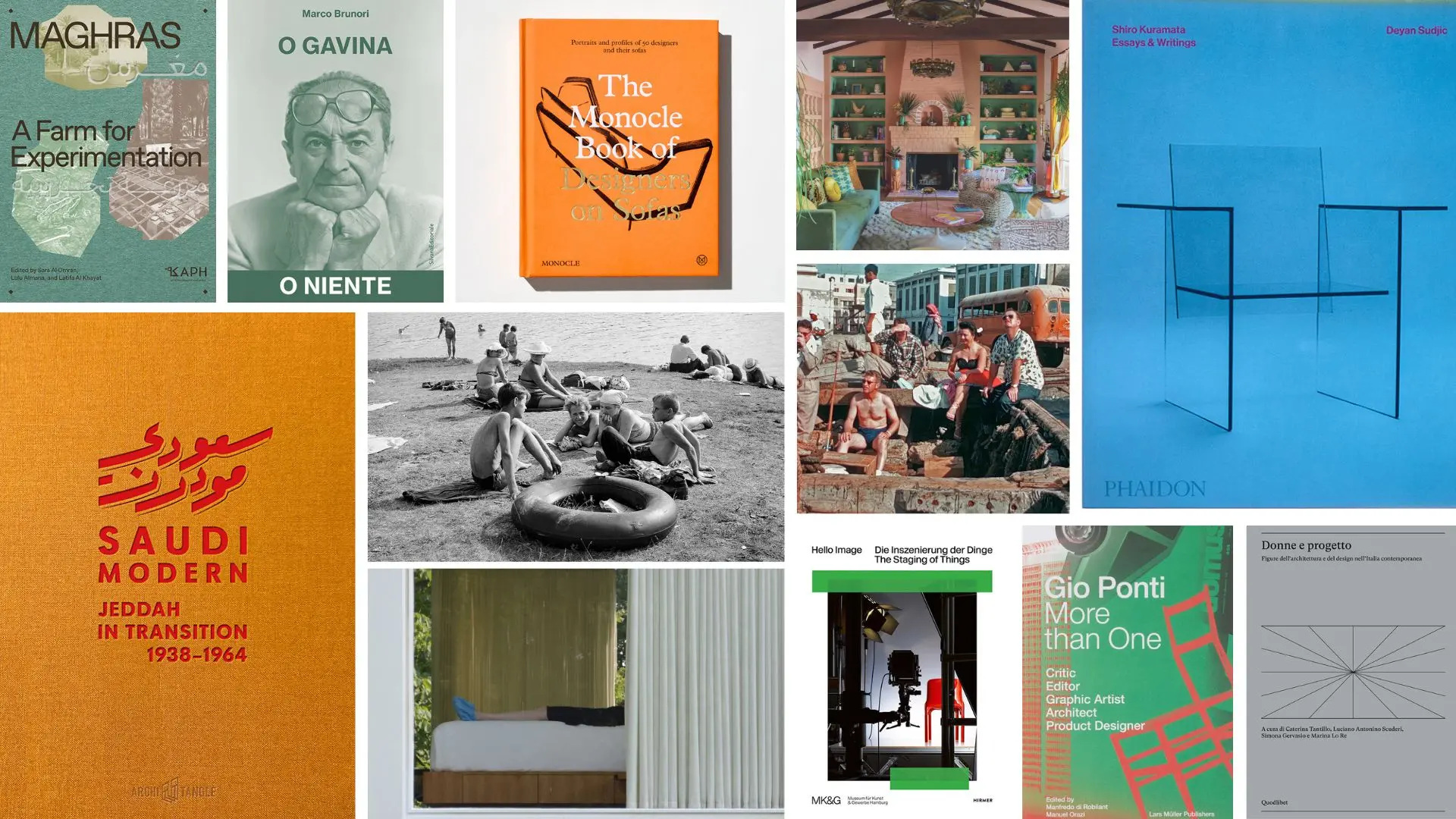From a reflection on humans to matter as meaning: the new Salone communication campaign explores the physical and symbolic origins of design, a visual narration made up of different perspectives, united by a common idea of transformation and genesis


How Instagram shapes our home decoration

Taylor Scarabelli’s brilliant article exploring the influence of the social networks on the design of our spaces talks of “basic instincts.” It also questions why Generation Z TikTokers don’t seem to be particularly interested in the authenticity of the most iconic pieces of the moment.
Thanks to social media, collecting easily identifiable designer furniture, or replicas of it, is no longer a highbrow intellectual endeavor but an attention-seeking game that anyone can play. For those who approach home decor from a purely aesthetic standpoint, the popularization of vintage furniture on Instagram has opened the door to design history, or at least the idea that furniture can retain value and intellectual significance beyond its functionality. For the average consumer, Instagram furniture resellers offer an appealing alternative to the numbifying aesthetics found at contemporary retailers like West Elm or CB2. But for those who consider themselves experts in the field, this so-called democratization of taste has destructive potential.
Credits
Text: Taylore Scarabelli
Photo: courtesy PIN-UP
Magazine: PIN-UP
Publisher: FEBU Publishing LLC










